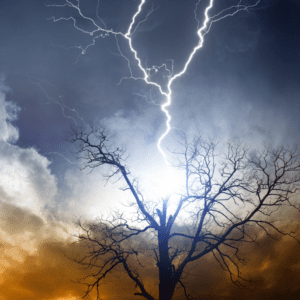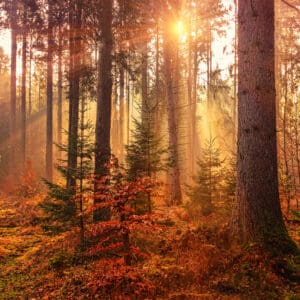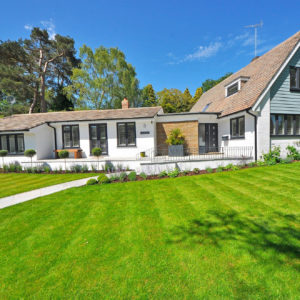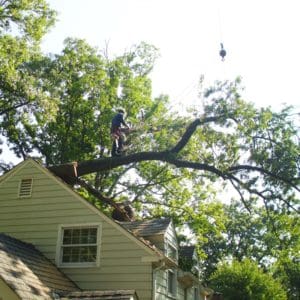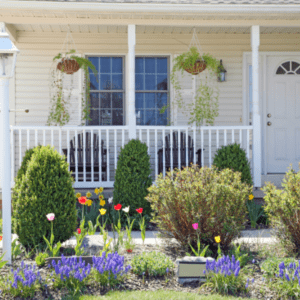Summer storms can be a beautiful sight to behold, but they can quickly turn from entertainment to tragedy. Severe storms with high winds, heavy rain, and lightning can cause significant damage to ... Read More >
A Guide to Fall Tree, Shrub, and Lawn Care: Preparing Your Landscape for the Season
A Guide to Fall Tree, Shrub, and Lawn Care: Preparing Your Landscape for the Season As the vibrant colors of summer begin to fade and cooler temperatures set in, it's time to shift your focus to ... Read More >
How to Keep Your Lawn Healthy and Weed-Free This Summer
Summer is coming, and that means it's time to start thinking about your lawn care regimen. While many of us look forward to spending long days outside, one unwelcome guest likes to take over your ... Read More >
Why Do Trees Fall Down? How to Protect Your Trees and Home
How to Protect Your Trees and Home As hard as we may try, it is impossible to control Mother Nature. No matter why trees fall - whether due to a powerful storm, decay, or neglect - it can cause ... Read More >
Your Complete Checklist for Spring Landscape Planning
When to Start Preparing for Spring in the Washington, DC Area All across the DC Metro area, we see trees, shrubs, and flowers beginning to bloom. With the first day of spring just a month away, now ... Read More >

